- Brand positioning map
- Tone of voice map
- Conclusions
- Top professional builders
- Top regional dealers
- Secondary TA segments
- The main customer insight
- Values
- Target audience insight
- Brand positioning
- Slogan
- Tone of voice
- Brand Goals
- Messages
- Retrospective
- TA touchpoints
- Primary element
- Modular typography logo
- Typography
- Principles
- Colors
- Photos and Videos
- Comparing before and after
- Visual identity formula
- Mockups and an actual implementation


Have you ever considered why some businesses make successful and outstanding brands while others do not? I've been thinking about it all my marketing career. At first, if some brand I've been working on hadn't launched, I felt that it was my fall and took it personally. But over the years of practice, I understood that the process is much more complicated and depends on many factors.






Because the market and the business seemed very conservative, we feared owners would not accept radical changes. And from our point of view, they desperately needed those changes. So, the first challenge was to make that business transformation and adopt brand positioning to the target audience's needs. That is why we decided to move very carefully, step by step, starting from the workshops series, which helped us explain to the core team what modern marketing and branding are. I was convinced that being in the same context with a client's team is crucial for a successful business transformation.


- Brand positioning map. It allows us to understand what benefits competitors make their accent and shows a helicopter view of their brand positionings.
- Tone of voice map. It allows us to understand competitors' brand characters and choose the tone of voice that is more appropriate for us.
- Conclusions table where all conclusions are separated into two parts: strategic (connected with the product) and tactical (connected with a promotion).




















humane relationships
and humane service"






So, according to the brand strategy, Agate’s visual identity had to broadcast a human-centric approach, friendliness, and positivity. It has to be simple to implement because the client doesn't have a large design department. It also has to stay actual for an extended period because the company has no budget to make rebranding every year or two. And finally, it has to have an extensive usage range according to those brand touchpoints:


This solution showed me an enormous potential to create graphic combinations. The brand can use modules to form sets and create graphical compositions or patterns.
Let's create more sets and play with them!
I experimented with dozens of versions, using different options and combinations...
...and finally, I succeeded! I loved how the logo looked (quite friendly and simple) and saw a potential to create a whole alphabet based on the same letters' parameters. I used the same forms as in graphical modules, but also edded a rectangle to connect modules together.
The logo modules can change color depending on the context.
Also, the short version of a logo can be used if appropriate.
I presented results step by step, and after the logo was done, business owners and I decided to extend our work and create a unique Cyrillic alphabet based on the same principles. Here is the result.


Finishing the case study, it is significant to mention the impact the work has made and will make in the future. Why I haven't named the chapter "results"? Because, in my opinion, "results" mean finished action. It sounds like there will be no more effects from work. Like, it's over. I think that a brand strategist like me makes an impact, not a "result." Take a look at these points:
First, the client came not with a well-formed request. They came with a question "it seems that something is wrong with our marketing, what do we have to do with that"? Instead of saying directly what was wrong after the brand audit, we offered to do it together by conducting a series of workshops for the core team. So, at that stage, we got a shared understanding of the marketing and branding base and the deep team's engagement. They decided whats wrong on strategic and tactical levels, not us as "professionals." It shifted the approach from working ON the client to working WITH the client. What impact will this approach have in the future? The business will be much more effective when the core team has a shared vision of where and how the brand should move.
Second, when a client sees the market's helicopter view and sees their brand from the outside, willy-nilly, he wonders why they must be like others. Little by little, the doubt creeps in that everything they’ve done before hasn’t been as good like it could be. That's precisely what happened with the Agate's team. By educating the core team and showing them case studies, we helped them become more confident in their path and courageous to differentiate from competitors. Therefore, they were ready to accept new ideas when I presented them with the first versions of flexible visual identity. I'm sure this experience will allow them to look at things from a new angle and accept disruptive ideas in the future.
And finally, the client got the connection between their culture and their brand. It means that all their marketing actions will be connected with their goals and values. It gives a deep sense of every employee's work. It will allow the brand to communicate freely using a comfortable tone of voice because it is natural and connected with the mission and core values. Moreover, it empowers the brand to be recognizable and understandable by key target audience segments.
Those points are the long-term shift in business growth, which is not connected with a business facade, but its base. That is why I love my job so much. It is not about making a pretty picture, it is about understanding human beings and helping them to change their mindset to benefit all humanity.


I want to thank people without which the creation of such work would be impossible. First is Johan Debit from Brand Brothers Studio, who inspired me with his works based on modular typography.
The second person I want to appreciate is Dr. Martin Lorenz, who just blew my mind with his Flexible Visual Systems Book. He owns TwoPoints.Net design studio, and I highly recommend all his courses which will give you true systematic thinking and overturn your thinking about design. Dr. Martin creates exceptional visual identities (including identities based on modular typography). Join his Patreon page and participate in the global flexible visual systems designers community! Let’s promote a flexible design as a universal language all humankind understands!
The third person is my good old colleague Denis Lazarev who made the customer experience part of the job and shared the strategic part. It would be tough to cope with such tremendous work without him. He also helped me with educational workshops for the client and led all communications.
And finally, I want to thank the Agate team for their engagement, openness, and courage in implementing the visual identity. You are one of the most beautiful companies that I have ever met!



